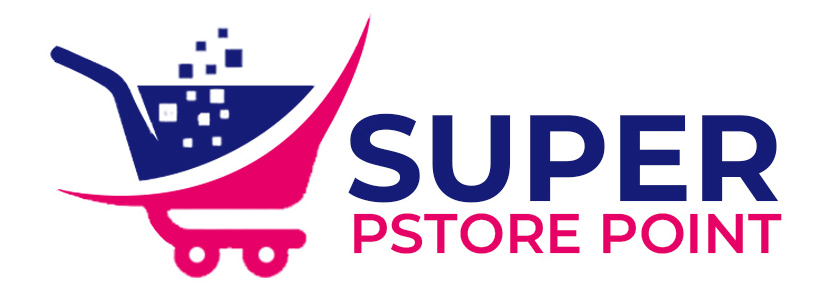In the pharmaceutical industry, ensuring the purity of drug products is paramount to safeguarding patient health and maintaining therapeutic efficacy. One crucial aspect of this process is the control and analysis of impurities. Impurities can arise during manufacturing, from raw materials, or from environmental sources. The accurate identification, quantification, and control of these impurities are essential for ensuring product safety and efficacy. Central to this effort are impurity standards suppliers, whose role in pharmaceutical quality control is indispensable.
Understanding Impurities in Pharmaceuticals
Pharmaceutical impurities are unwanted chemicals that remain with the active pharmaceutical ingredients (APIs) or develop during the formulation or storage of drug products. These impurities are broadly classified into organic impurities, inorganic impurities, and residual solvents.
Organic Impurities: These may arise during the manufacturing process, from raw materials, intermediates, by-products, or degradation products. Inorganic Impurities: These include reagents, ligands, catalysts, heavy metals, or other residual elements from the manufacturing process.
Residual Solvents: These are organic volatile chemicals used or produced in the manufacturing of drug substances or excipients, which must be controlled due to their potential toxicity.
The Role of Impurity Standards Suppliers
Impurity standards suppliers provide reference materials that are critical for the accurate detection, identification, and quantification of impurities. These suppliers play a vital role in the pharmaceutical industry by ensuring the availability of high-quality impurity standards, which are essential for maintaining stringent quality control.
Providing High-Quality Reference Standards
Impurity standards suppliers produce and supply certified reference materials (CRMs) that are used as benchmarks in analytical testing. These standards are meticulously characterized for purity, identity, and potency, and are accompanied by certificates of analysis (CoAs). High-quality reference standards enable pharmaceutical companies to:
Accurate Quantification: With reliable impurity standards, companies can precisely quantify impurities, ensuring they are within acceptable limits.
Method Validation: Impurity standards are used to validate analytical methods, ensuring they are accurate, specific, and reproducible.
Compliance with Regulations: Using certified impurity standards helps pharmaceutical companies meet regulatory requirements set by bodies such as the International Council for Harmonisation (ICH), the United States Pharmacopeia (USP), and the European Medicines Agency (EMA).
Supporting Analytical Method Development
Impurity standards suppliers support pharmaceutical companies in developing robust analytical methods for impurity detection and quantification. These methods include:
High-Performance Liquid Chromatography (HPLC): Used for separating and quantifying organic impurities.
Gas Chromatography (GC): Employed for detecting and quantifying volatile organic impurities, particularly residual solvents.
Mass Spectrometry (MS): Coupled with HPLC or GC to provide detailed molecular information and accurate mass determination.
Inductively Coupled Plasma Mass Spectrometry (ICP-MS): Utilized for detecting trace levels of inorganic impurities.
By providing well-characterized impurity standards, suppliers enable the development of analytical methods that are critical for ensuring drug purity and safety.
Ensuring Consistency and Reliability
Consistency and reliability of impurity standards are essential for maintaining the integrity of analytical testing. Impurity standards suppliers ensure consistency by:
Stringent Quality Control: Implementing rigorous quality control processes to ensure the purity and consistency of their standards.
Batch-to-Batch Consistency: Producing impurity standards with minimal batch-to-batch variation, which is crucial for reliable analytical results.
Stability Testing: Conducting stability studies to ensure that the impurity standards remain stable over their shelf life.
Regulatory Compliance and Documentation
Impurity standards suppliers provide extensive documentation to support regulatory compliance. This documentation includes:
Certificates of Analysis (CoAs): Detailed reports on the purity, identity, and concentration of the impurity standard, along with the methods used for characterization.
Stability Data: Information on the stability of the impurity standard under various conditions, ensuring its reliability over time.
Regulatory Support: Guidance on meeting regulatory requirements for impurity testing, helping pharmaceutical companies navigate complex regulatory landscapes.
The Impact on Pharmaceutical Quality Control
The availability of high-quality impurity standards from reliable suppliers has a profound impact on pharmaceutical quality control. It ensures that:
Patient Safety is Prioritized: By accurately identifying and controlling impurities, pharmaceutical companies can minimize the risk of adverse effects, ensuring patient safety.
Product Efficacy is Maintained: Impurities can affect the potency and efficacy of drugs. Reliable impurity standards help maintain the therapeutic effectiveness of drug products.
Regulatory Compliance is Achieved: Meeting the stringent requirements set by regulatory bodies is critical for market approval and consumer trust. High-quality impurity standards facilitate compliance with these regulations.
Conclusion
Impurity standards suppliers play a critical role in pharmaceutical quality control by providing the high-quality reference materials necessary for accurate impurity profiling. Their contribution ensures that pharmaceutical companies can develop robust analytical methods, achieve regulatory compliance, and maintain the highest standards of product quality and safety. As the pharmaceutical industry continues to evolve, the role of impurity standards suppliers will remain indispensable in the ongoing effort to ensure the purity and efficacy of drug products, ultimately safeguarding patient health and well-being.










